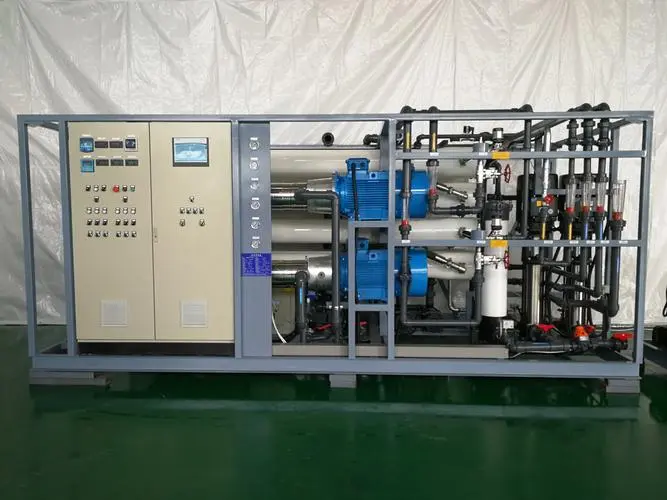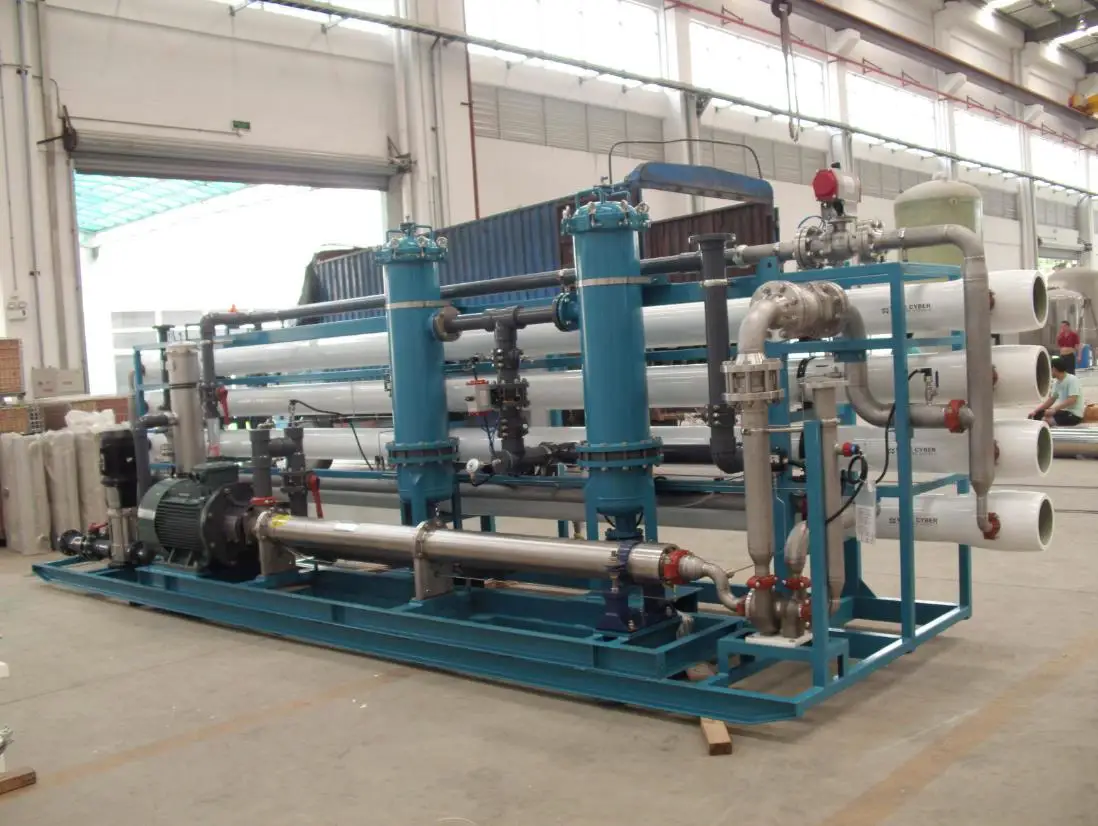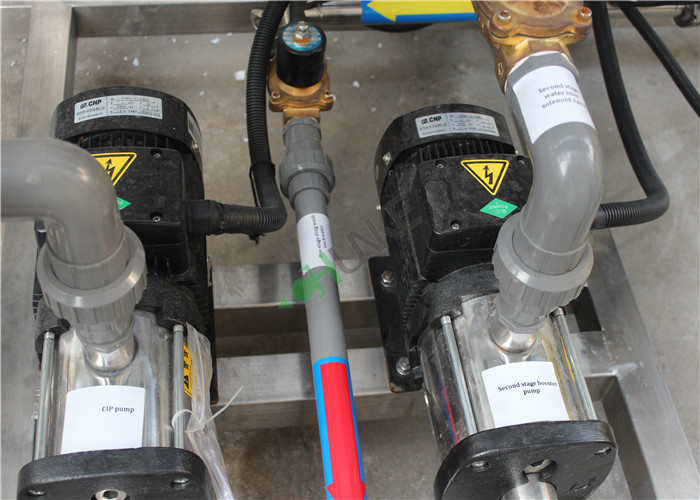How does a borehole seawater desalination plant use reverse osmosis technology to achieve seawater desalination?
As the global water shortage problem becomes increasingly prominent, seawater desalination technology has become one of the important ways to solve the shortage of fresh water resources. Among this technology, borehole desalination plants stand out for their unique advantages. This article will take an in-depth look at how borehole desalination plants use reverse osmosis technology to achieve desalination and explore its innovative applications in water resources management.
1. The role of reverse osmosis technology in seawater desalination
Reverse osmosis technology is one of the most widely used technologies in the current field of seawater desalination. Its basic principle is to use a semi-permeable membrane to separate salt and impurities in seawater from the water to produce fresh water. This technology is efficient, reliable, and mature, and has been widely used around the world.

2. Characteristics and advantages of borehole desalination plants
The borehole desalination plant is an innovative desalination facility that has the following features and advantages compared with traditional desalination plants:
Utilization of underground seawater resources: Borehole seawater desalination plants develop deep underground seawater resources through drilling technology, and use these underground seawater resources for desalination treatment. This method avoids the problem of occupying surface land and coastline resources, and also reduces the impact on the marine ecological environment during the desalination process.
Flexible deployment and operation: The construction and operation of borehole desalination plants are relatively flexible. Appropriate borehole locations can be selected according to specific geological conditions, and water production and operation modes can be flexibly adjusted to adapt to the water resources needs of different regions.
Resource integration and conservation: Borehole seawater desalination plants can make full use of underground seawater resources and avoid competition for surface water resources. At the same time, it uses advanced reverse osmosis technology to efficiently utilize energy and achieve energy conservation and emission reduction.

3. Application of reverse osmosis technology in borehole desalination plants
The basic workflow of the borehole desalination plant using reverse osmosis technology to achieve seawater desalination is as follows:
Underground seawater mining: Borehole seawater desalination plants first extract seawater from deep underground through drilling technology and send it to seawater desalination facilities.
Pretreatment stage: Seawater enters the pretreatment system and undergoes filtration, desalination, disinfection and other processes to remove large particle impurities and organic matter to protect the normal operation of the subsequent reverse osmosis membrane.
Reverse osmosis treatment: The pretreated seawater enters the reverse osmosis system, which includes the reverse osmosis membrane module. Seawater passes through the reverse osmosis membrane under high pressure, and water molecules can pass through the semi-permeable membrane, while salt, microorganisms and other impurities are intercepted on the surface of the membrane to form concentrated water.
Product water collection: Fresh water after reverse osmosis treatment flows out of the reverse osmosis membrane, becomes produced water, and enters the fresh water storage tank for storage and distribution.
Concentrated water treatment: Concentrated water contains high concentrations of salts and impurities and needs to be treated to prevent environmental pollution. Concentrated water can be recycled through salt ponds or discharged after appropriate treatment.

4. Innovative applications and future prospects
As an innovative application of seawater desalination technology, borehole desalination plants provide new ideas and solutions for water resources management. With the continuous development and innovation of technology, borehole seawater desalination plants will be further improved and upgraded, becoming an important part of the seawater desalination field and contributing more to solving the global water shortage problem.

Conclusion
Borehole seawater desalination plants use reverse osmosis technology to achieve seawater desalination, fully utilizing the potential of underground seawater resources and bringing new opportunities and challenges to water resources management. With the continuous advancement of science and technology and the promotion of applications, borehole desalination plants will play an increasingly important role on a global scale and make greater contributions to sustainable development and human welfare.




